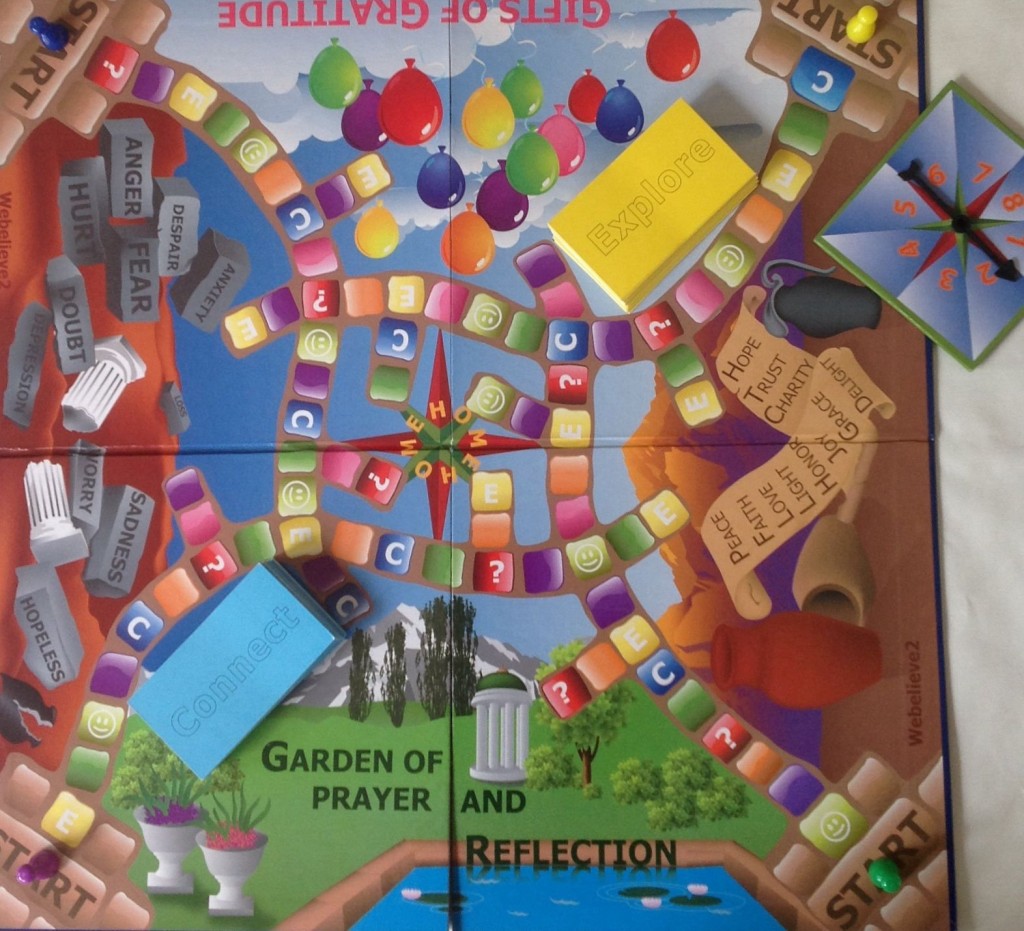 Interreligious dialogue and notions of tolerance, while suggesting inclusivity, often employ exclusions that identify insiders and outsiders, although these insiders and outsiders are different than the boundaries commonly employed in communities. An interesting example of this paradox is Webelieve2, a board game advertised as encouraging discussion among people with different religious commitments. The game is designed to create an opportunity to “learn about others” and “to connect with others.” While targeted marketing to Religious Studies professorsassumes certain interests inform the study of religion (several of my colleagues and I recently received emails advertising this game), the game also reflects particular assumptions about religion that create a variety of exclusions that seem to counter the instructions’ interest in creating an environment where “people feel ‘safe’ when sharing.”
Interreligious dialogue and notions of tolerance, while suggesting inclusivity, often employ exclusions that identify insiders and outsiders, although these insiders and outsiders are different than the boundaries commonly employed in communities. An interesting example of this paradox is Webelieve2, a board game advertised as encouraging discussion among people with different religious commitments. The game is designed to create an opportunity to “learn about others” and “to connect with others.” While targeted marketing to Religious Studies professorsassumes certain interests inform the study of religion (several of my colleagues and I recently received emails advertising this game), the game also reflects particular assumptions about religion that create a variety of exclusions that seem to counter the instructions’ interest in creating an environment where “people feel ‘safe’ when sharing.”
It’s Not the Taj, It’s the Tour Guide: Some Musings on a Trip to India

Almost exactly two years ago, I had the wonderful opportunity to accompany a group of my students to India for a course designed to specifically examine how notions of “justice” operate in an Indian context. As you might imagine, we saw literally hundreds of noteworthy things. With time, though, I have mentally sifted through some of these memories of what went on during our travels and realized that the most poignant moments of analysis came from events that no one had planned. Continue reading “It’s Not the Taj, It’s the Tour Guide: Some Musings on a Trip to India”
“If you’re not sexy, you might want to be easy”: Some Thoughts On Ratemyprofessors.com

“If you’re not sexy, you might want to be easy.” So wrote David Epstein in an Inside Higher Ed article written about the website ratemyprofessors.com, which allows students to provide public feedback about their professors. In addition to reporting some basic information like the student’s interest in the course material and their perception of the necessity of the textbook, class attendance, etc., each student grades their professors by providing feedback on three major scales: “Helpfulness,” “Clarity,” and “Easiness.” A fourth measure, “Hotness” (symbolized by a chili pepper), is awarded when students deem a professor suitably attractive. Continue reading ““If you’re not sexy, you might want to be easy”: Some Thoughts On Ratemyprofessors.com”
“The Star-Maker Machinery Behind the Popular Song”
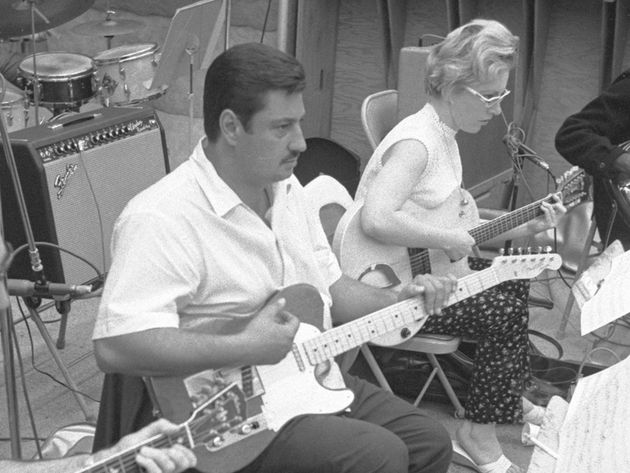 Like the recent documentary on the largely unknown session musicians associated with recording studios in Muscle Shoals, Alabama, a group that produced the sound associated with much popular music from the 1960s on, there’s an equally interesting 2008 documentary on a group of equally unknown LA-based musicians who appeared on countless albums, dating from the early years of rock and roll, but who also performed on a wide variety of other albums, movie scores, and TV themes songs.
Like the recent documentary on the largely unknown session musicians associated with recording studios in Muscle Shoals, Alabama, a group that produced the sound associated with much popular music from the 1960s on, there’s an equally interesting 2008 documentary on a group of equally unknown LA-based musicians who appeared on countless albums, dating from the early years of rock and roll, but who also performed on a wide variety of other albums, movie scores, and TV themes songs.
Like the late, famed studio musician Tommy Tedesco (pictured above, with Carol Kaye) who played (among the many other well known songs) the iconic theme from this classic TV show:
Continue reading ““The Star-Maker Machinery Behind the Popular Song””
Reading is Magical . . . And Problematic
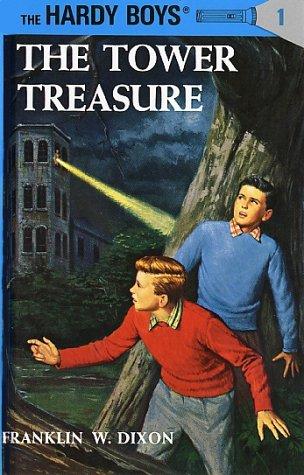 Turning various groups of symbols (on a page or computer screen) into an image or meaning in our own minds is a fascinating process. Jasper Fforde, the UK novelist, expressed it this way in The Well of Lost Plots,
Turning various groups of symbols (on a page or computer screen) into an image or meaning in our own minds is a fascinating process. Jasper Fforde, the UK novelist, expressed it this way in The Well of Lost Plots,
After all, reading is arguably a far more creative and imaginative process than writing; when the reader creates an emotion in their head, or the colors of the sky during the setting sun, or the smell of a warm summer’s breeze on their face, they should reserve as much praise for themselves as they do for the writer-perhaps more.
“Slowly. Slowly. Against the Beat”
 Like others who may read this, I’m old enough to remember when toast suddenly popped up when it was done; if the springs were not calibrated properly, then the crisp, warm bread might launch into the air and maybe even fly across the breakfast table, like a man shot from a circus cannon. But not anymore, for at least upscale toasters now lower and raise the bread in a slow, deliberate manner when you push a button, taking a few seconds to accomplish automatically what we used to do by hand in a sharp instant.
Like others who may read this, I’m old enough to remember when toast suddenly popped up when it was done; if the springs were not calibrated properly, then the crisp, warm bread might launch into the air and maybe even fly across the breakfast table, like a man shot from a circus cannon. But not anymore, for at least upscale toasters now lower and raise the bread in a slow, deliberate manner when you push a button, taking a few seconds to accomplish automatically what we used to do by hand in a sharp instant.
To put it simply, you wouldn’t name them “Pop Tarts” today, if you came up with a product that only gradually, incrementally emerged from the toaster. The whole point of their early marketing campaigns was that it popped up when it was done.
Ta daaah! Continue reading ““Slowly. Slowly. Against the Beat””
An Interview with Leslie Dorrough Smith in Hannover
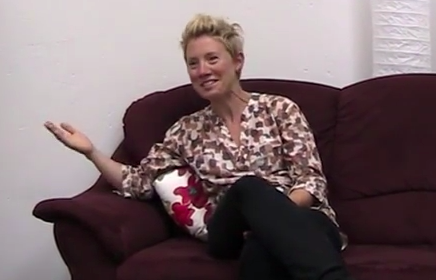
In July 2014, the Edge’s Leslie Dorrough Smith visited Hannover, Germany to give a public lecture on her new book. While she was there, they did a video interview with her. Take a look…
Move Along Folks, Nothing to Explain Here
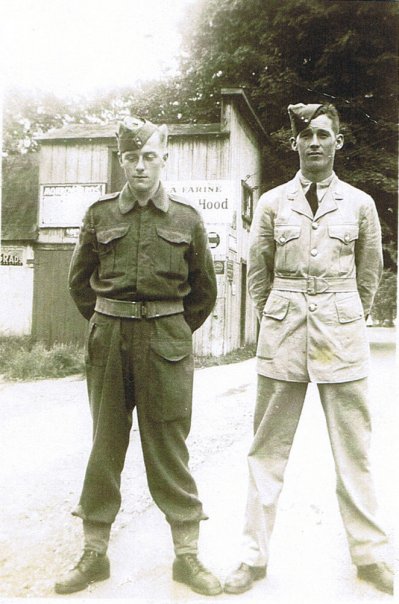 The fear over what is now regularly termed Islamic radicalization is much in the news these days, what with so-called Jihadi John‘s identity being determined and yet more stories appearing in the news concerning young people apparently leaving North America or Europe to travel to the Middle East to join ISIS’s fight against what I guess we might as well just call the West.
The fear over what is now regularly termed Islamic radicalization is much in the news these days, what with so-called Jihadi John‘s identity being determined and yet more stories appearing in the news concerning young people apparently leaving North America or Europe to travel to the Middle East to join ISIS’s fight against what I guess we might as well just call the West.
So the problem that we’re all preoccupied with is trying to understand why anyone would willingly wish to join such groups — there must be an explanation to account for it.
What kind of person would do such a thing? Continue reading “Move Along Folks, Nothing to Explain Here”
Our Extended Arms
 To open the Introduction to my 2003 collection of essays, The Discipline of Religion — a book concerned with, among other things, investigating the links between the invention of and social uses for privacy, on the one hand, and, on the other, the practical, governing role played by the discourse on belief, experience, or faith — I wrote as follows:
To open the Introduction to my 2003 collection of essays, The Discipline of Religion — a book concerned with, among other things, investigating the links between the invention of and social uses for privacy, on the one hand, and, on the other, the practical, governing role played by the discourse on belief, experience, or faith — I wrote as follows:
it is 1988 and I’m at home, living just outside Toronto, watching a television special on the Olympic torch relay across Canada to Calgary, the host of that year’s winter Olympic Games. I recall seeing a young boy, lucky enough to be selected to carry the torch for his designated distance, running through the crowded street with the torch held out over his head, obviously excited. His father runs alongside with his video camera, matching his son’s pace, documenting the event for posterity. The boy looks at his father, and into the camera, and says, “I can’t wait to get home and see this on TV. ” I recall thinking to myself, “You’re living it now, kid, so why do you have to get home to see it on television?”
This is likely one of the first memories I think I have of an occasion when the intertwined nature of the past, present, and future became apparent to me, i.e., when the present’s continual invention of itself was obvious, via its contrived distance from an imagined past that is no longer here or a hoped for future that has yet to appear. Continue reading “Our Extended Arms”
Maps, Interpretations, and “The Territory”

Over a year ago I wrote a post, which has haunted me ever since I wrote it; starting with the idea that “every present justifies its presence by clinging onto a past not considered previously,” I looked at two different readings of a fresco in the catacombs of Priscilla, in Rome, and concluded that these two readings of the past each authorize different interests in the present.
Continue reading “Maps, Interpretations, and “The Territory””
